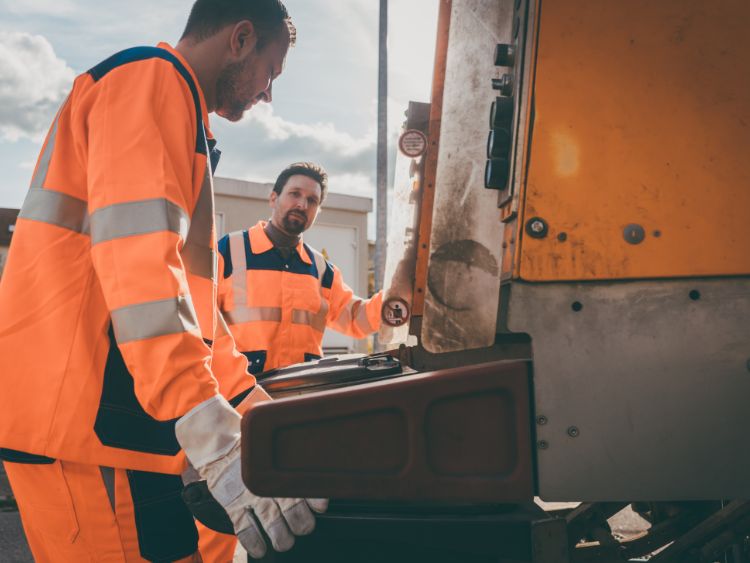In the bustling world of construction, managing the aftermath can often be as challenging as the build itself. Construction garbage removal isn’t just about keeping a site tidy; it’s a pivotal aspect of project management that impacts safety, efficiency, and environmental sustainability. This guide dives deep into the nuts and bolts of disposing of construction waste responsibly and efficiently, ensuring your project remains on track and eco-friendly.
The Essentials of Construction Garbage Removal
Construction projects, whether they’re massive skyscrapers or modest home renovations, generate a significant amount of waste. From unused materials and packaging to demolition debris, managing this garbage is a critical task that requires careful planning and execution. Let’s break down the key components:
- Identifying Types of Construction Waste: Understanding the different types of garbage generated on a construction site is the first step toward effective management.
- Effective Sorting Strategies: Sorting waste at the source can significantly enhance recycling efforts and reduce disposal costs.
- Choosing the Right Disposal Methods: Not all waste is created equal, and neither are the methods for disposing of it.
Why It Matters
Efficient construction garbage removal goes beyond mere cleanup. It’s about sustainability, reducing landfill use, and minimizing the environmental footprint of construction activities. Proper waste management can also lead to cost savings and contribute to a project’s overall success by ensuring compliance with regulations and enhancing community relations.
Strategies for Effective Construction Garbage Removal
Implementing a robust waste management plan is essential for any construction project. Here are some strategies to consider:
- Start with a Plan: Before breaking ground, develop a waste management plan that identifies types of waste, disposal methods, and recycling opportunities.
- Emphasize Recycling and Reuse: Many materials can be recycled or reused, reducing the amount of waste sent to landfills.
- Partner with the Right Disposal Services: Choose waste removal partners who are committed to sustainability and can provide the necessary bins, dumpsters, and recycling services.
Tackling the Challenges
Construction garbage removal isn’t without its hurdles. Issues such as sorting mixed waste, dealing with hazardous materials, and managing the cost of disposal can complicate the process. However, with the right approach and partnerships, these challenges can be effectively managed.
FAQs
Q: What materials are considered construction garbage?
A: Construction garbage includes materials like wood, metal, concrete, plaster, bricks, and packaging waste.
Q: Can all construction waste be recycled?
A: While not all waste can be recycled, a significant portion can be, including metals, concrete, bricks, and certain plastics.
Q: How can I reduce the amount of waste my construction project generates?
A: Planning purchases carefully, reusing materials, and choosing prefabricated components can all help reduce waste.
Q: Are there regulations governing construction waste disposal?
A: Yes, local and federal regulations often dictate how certain types of waste must be handled and disposed of.
Conclusion
Construction garbage removal is an integral part of project management that demands attention, planning, and commitment. By adopting effective waste management strategies, construction projects can not only minimize their environmental impact but also improve efficiency and reduce costs. Remember, every piece of waste properly disposed of or recycled is a step towards a cleaner, greener future. Let’s build responsibly, keeping our sites and our planet clean.

